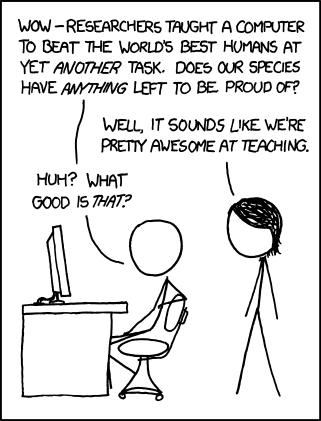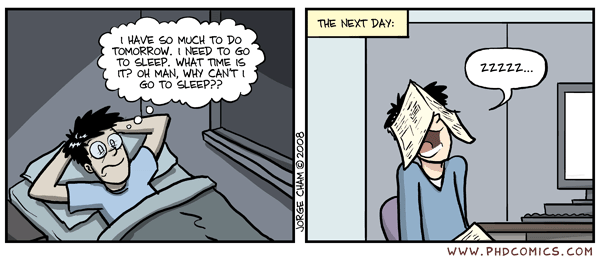The CC Salon in Stockholm was a very enjoyable affair. The presentation by Gabriel Shalom & Jay Cousins was highly inspirational as were the discussions afterwards. My presentation was entitled The Role of Commons in Relational Economies and was an attempt to explore the intersection between economy, copyright and technology.
I began by describing the move from the barter system to the monetary system and focused on the situations where uneven contributions take place. I described the situation where someone needed toothpaste and had a pig. By contributing the pig to the marketplace the returns must have been a lifetime of toothpaste. Obviously I am not an expert here but the value relationship between pig and toothpaste must be radically different. How do we value a single important contribution compared to a lifetime of regular small contributions? How can we compare a lifetime spent editing grammatical errors in Wikipedia to writing the most read article on Wikipedia. Which contribution will be the most famous? Which contribution is the most important?
What I was trying to do was to explain that the barter system is a long term trusting relationship were economic value is not the focus. By moving to a monetary transactional system we no longer need to trust or build relations. We focus solely on transactions and trust abstract systems.
Within these systems money �becomes the autonomous �manifestation �of exchange relation.
However, early money was more than this and even had intrinsic value (i.e. value in itself) as examples of this I explained the dewarra (row of cowrie shells) to plåtmynt (image below)

The heaviest could weigh almost 20 kg. Image from Kungliga Myntkabinettet
Money quickly came to play an important role and began to be used as a form of social sanction in the form of fines (e,g, weregild) or forms of compensation that are oddly strange: Dowries as proof of wealth and buying partners, blackmail: a situation of information inequality, bribery: unjust friendliness.
As the goal of the lecture was to connect this discussion to copyright it was time to bring in the role of technology. It is often overlooked that copyright is all about technology. This is because copyright is all about the fixation of an idea. Ideas that are not expressed in a fixated form are unprotected. Its when the ideas become fixated (on paper, video, audio) that they are copyrightable.
Now the problem occurs when we have fixation as a focus and the law is about fixating the social agreement upon which society has arrived at a fair balance. In the case of copyright the modern system of copyright law was created/fixated in the 1950s. But what was the understanding of copyright in the 1950s? Well to demonstrate this I used this image of a vision of the future. This is what they thought the home computer would look like in 2004…image removed (see comments below)
So this was the visionary view of technology shared by the creators of copyright law. Naturally the law has been amended and adjusted but it is fundamentally the same. The visions of technology of the 1950s control the use of technology today and the future. All law is about the fixation of social agreements and copyright law reflects the understanding of an equitable use and protection of cultural products – based upon the technological possibilities in existence. When the law fixes a social agreement it fundamentally comes into conflict with the evolution of technology.
In the past 50 years technology has brought us (amongst many things) digitalization, connectivity and a multitude of devices.
These developments are interesting as they inadvertently provide an increased focus on the relational economy. Think about the work of Stallman and the Free Software movement that provides us with ample empirical proof that economic returns are not the necessary motivation for providing labor and enthusiasm. Or what about the Wikipedia project? Seriously people spending large parts of their lives in correcting articles other people write? And they do it, almost anonymously, for free. Transactional economics struggles to find a valid reason for these activities. We have heard them all… for example: youthful enthusiasm (i.e. it will pass soon whenthey realize the error of their ways), reputation in groups (i.e. you cannot be good – you have devious motives)
The problem with understanding the relational economics becomes more interesting when organizations like museums and archives begin putting their works online. Allowing users to interact and to add metadata. I showed this image by Carl Curman that has been lying in an archive for over a century but in the last two years has been viewed over 27 000 times.

Photograph by: Carl Curman (1900) Persistent URL: Read more about the photo database
By digitalizing the photo and making it available the image has “come back to life” and has been given a new relevance in a social setting. By allowing the audience to tag, comment and add meta data the Swedish National Heritage Board has developed a relationship with a larger audience. The benefits for everyone are obvious but attempting to decipher transactional costs and benefits are too complex to make an act like this interesting or maybe even profitable.
At this point I turned to Creative Commons and explained the role of licensing in the relational economy. While copyright has been fixed in the 1950s – when technological barriers made it difficult (next to impossible) for a larger group to create and spread material to a larger audience – the world today is different. “Everyone” has a phone in their pocket that can take pictures and record sound (even video). “Everyone” has computers and internet that creates the ability to create and share material. We the amateurs of the world are creating and communicating on a level unheard, or undreamt, of in the 1950s. The transactional costs and benefits of applying copyright law are too complex to work out on this level.
Here is where Creative Commons comes in. CC licenses are there to support the relational role in copyright. What does the creator want and how does he/she want her work to be used or abused.
In my early days as project lead for CC Sweden I was met with an accusation that CC is a band-aid on the brokenness of copyright law. By creating and supporting a system like CC we were simply applying artificial respiration to a dying system. From a transactional economics point of view this is understandable criticism (if you believe that copyright should die) but from the point of view of relational economics the licenses have nothing to do with aiding copyright – they are there to aid the creator and the relationships between the creator and his/her audience. They display the wishes and hopes of the creator and ask to be respected.





